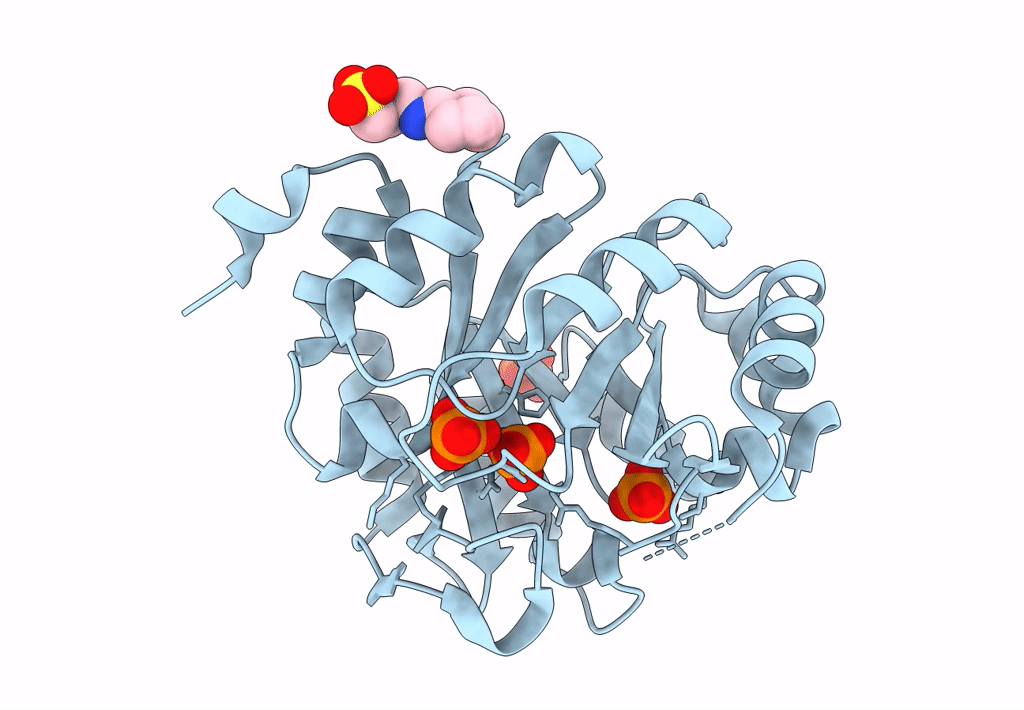
Deposition Date
2014-11-26
Release Date
2014-12-24
Last Version Date
2023-09-27
Entry Detail
Biological Source:
Source Organism:
Actinomyces urogenitalis DSM 15434 (Taxon ID: 525246)
Host Organism:
Method Details:
Experimental Method:
Resolution:
1.05 Å
R-Value Free:
0.14
R-Value Work:
0.12
R-Value Observed:
0.12
Space Group:
P 41


